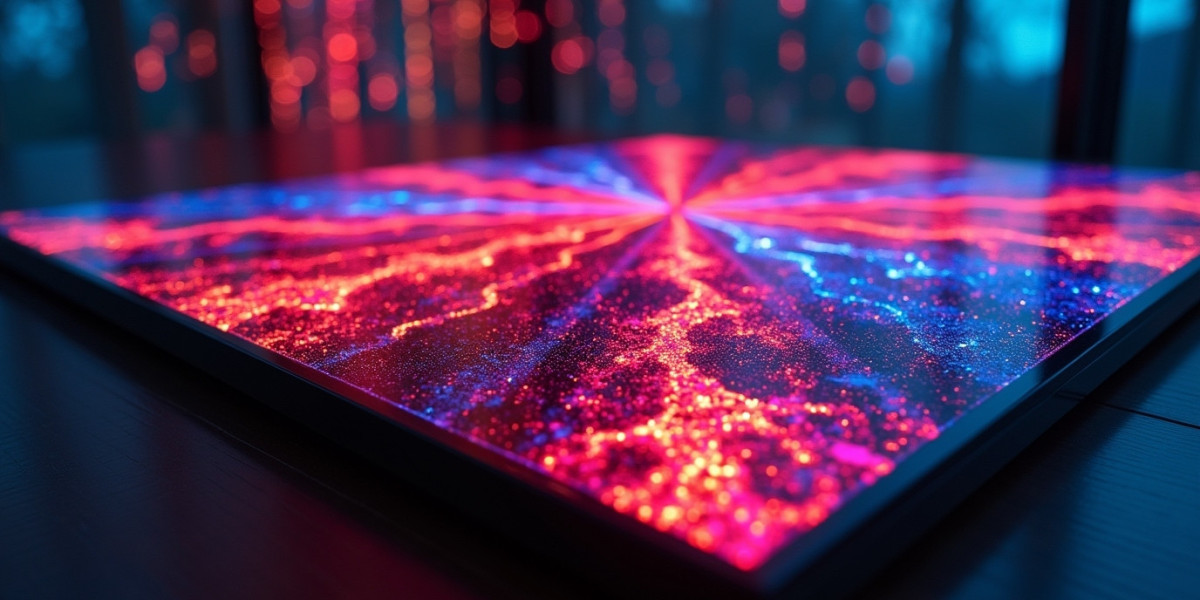Understanding Outdoor Display Requirements in 2025
As digital communication continues to evolve, the need for reliable outdoor display solutions has grown across commercial, governmental, and entertainment sectors. From highway billboards to outdoor retail signage, these large format screens are designed to withstand variable weather conditions while maintaining high visual performance. Businesses now prioritize technology that offers durability, clarity, and functionality in uncontrolled environments.
When evaluating an Outdoor SMD Screen, several technical and structural features must be assessed. These screens are not only installed in open-air environments but are also expected to deliver consistent performance across seasons, temperature ranges, and lighting conditions. Selecting the right outdoor unit ensures visual content remains impactful and readable regardless of external elements.
Display Brightness and Visibility
Brightness is a defining feature of any outdoor display. A high-quality screen should offer elevated brightness levels, usually exceeding 5000 nits, to ensure content is clearly visible under direct sunlight. Unlike indoor units, outdoor displays require advanced brightness calibration to prevent washout or faded imagery during the daytime.
Additional considerations include:
Automatic brightness adjustment based on ambient lighting
Anti-glare coatings for improved readability
High contrast ratios to enhance image sharpness
These features allow screens to maintain legibility and visual effectiveness across varying daylight and weather conditions.
Structural Design and Weather Protection
Outdoor screens must be engineered to endure diverse environmental factors such as rain, wind, dust, and extreme temperatures. Quality models come with IP65 or higher ingress protection ratings to ensure internal components remain unaffected by moisture or particles.
Important construction elements include:
Weather-sealed enclosures
Corrosion-resistant housing materials
UV-protected screen surfaces
Temperature control systems for internal cooling or heating
These design attributes are essential for protecting the investment and reducing maintenance costs over time.
Durability and Component Quality
Durability in outdoor settings often comes down to the material quality and build standards. High-quality screens utilize advanced circuit designs and superior LED chips to ensure long operational life. Understanding that SMD stands for Surface-Mounted Device helps in evaluating why such technology excels in outdoor environments. The compact design of SMD LEDs offers better thermal efficiency and stable brightness, making them ideal for prolonged outdoor use.
Other durability indicators include:
Long average lifespan (often 80,000 to 100,000 hours)
Low failure rate of individual LED modules
Modular panel design for easier repairs
By focusing on component reliability, businesses can ensure lower replacement frequency and more consistent screen operation.
Pixel Pitch and Viewing Distance
Pixel pitch determines how clear and detailed content will appear from various viewing distances. Outdoor screens generally require larger pixel pitches compared to indoor models because they are viewed from farther away.
Typical outdoor pixel pitches range from P5 to P10 or more, depending on the screen’s intended purpose:
P5 for semi-outdoor or mid-range visibility
P6 or P8 for general advertising or promotional content
P10+ for large-scale billboards or highway displays
Choosing the appropriate pitch helps balance cost with content clarity, especially for high-traffic zones.
Installation Considerations and Structural Integration
A high-quality outdoor screen must also offer flexible installation options. Depending on the site, the screen might be mounted on walls, rooftops, steel structures, or mobile units. Proper installation is critical to the screen’s safety and long-term stability.
Key features to evaluate include:
Modular framework compatibility
Rear or front service access for maintenance
Secure anchoring systems for wind resistance
Engineering evaluations prior to installation can prevent structural failures and ensure legal compliance with local construction codes.
Content and Control Systems
Outdoor screens require reliable software platforms for real-time content updates and remote access. Control systems must allow operators to manage video, image, and text content across varying times of the day and changing lighting conditions.
Valuable software features include:
Remote diagnostics and alerts
Cloud-based content scheduling
Multimedia format compatibility
Reliable content management helps businesses maintain relevance and adapt messaging to evolving marketing needs.
Summary of Outdoor Screen Essentials
A high-quality outdoor display offers a combination of visual clarity, structural integrity, and technical performance. Buyers should assess brightness levels, weather protection, pixel pitch, component durability, and software compatibility before committing to a purchase.
Investing in the right technology from the outset ensures lower operational disruption, higher viewer engagement, and long-term cost efficiency. Businesses planning outdoor campaigns can benefit from partnering with a robust digital signage platform that simplifies screen management while supporting a wide range of media content and installation types.







